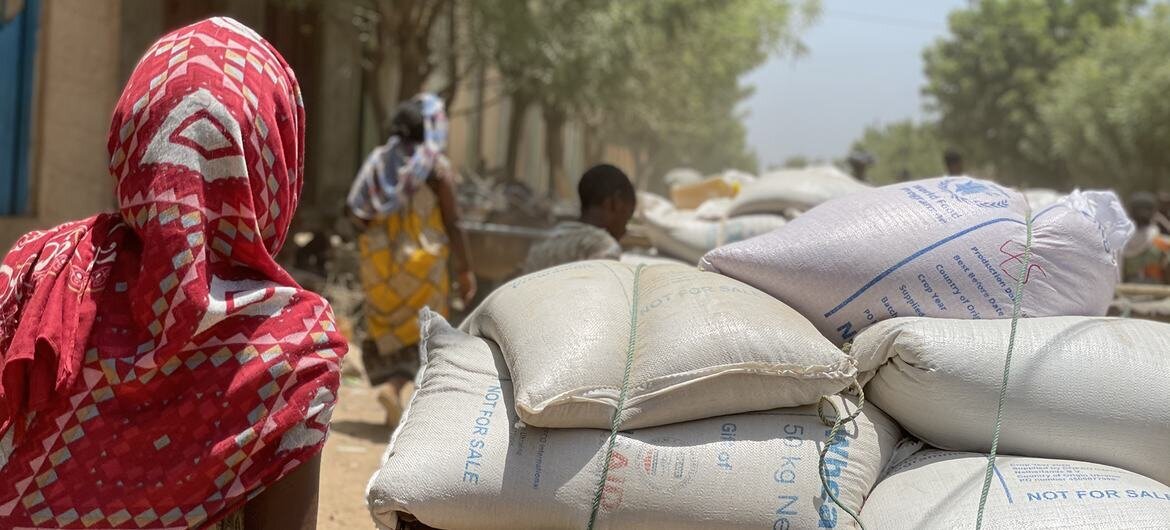Acting together for just, peaceful, and inclusive societies

TEHRAN - International Day for the Eradication of Poverty is observed annually on October 17. This year’s theme is “Ending Social and Institutional Maltreatment, Acting Together for Just, Peaceful, and Inclusive Societies.”
Poverty has multiple dimensions, some visible and others hidden, but all interlinked. This year's theme highlights one of the hidden dimensions of poverty, which is the social and institutional maltreatment experienced by people living in poverty, and considers ways to act together on Sustainable Development Goal 16 (SDG 16) 16 to promote just, peaceful, and inclusive societies.
People living in poverty face negative attitudes. They are stigmatized, discriminated against, judged for example by their appearance, accent, address - or lack of it, blamed for their situation, and treated with disrespect.
Social maltreatment creates a setting for institutional maltreatment, with a combination of negative attitudes, like mistrust and disrespect, as well as controlling discriminatory policies and practices, denying people of their fundamental human rights, for example, access to healthcare, education, housing, and the right to legal identity.
Social and institutional maltreatment interact and amplify each other, fueling this double-edged violence and deepening the injustice, and this is more pronounced for people who face other forms of prejudice as well, including gender, sexual orientation, race, or ethnicity.
A meaningful understanding of poverty and how the different forms of violence and domination interact with each other and impact people in poverty is critical.
Daily experiences of injustice and dehumanization undermine self-esteem, destroy personal agency, denies people their dignity and the chance of getting out of poverty. Social and institutional maltreatment is a catastrophic loss of human potential to society.
Removing poverty in Iran
Through launching poverty-removal plans, the Islamic Republic of Iran has been able to reduce the "absolute poverty" rate to less than half a percent and improve the "general welfare" and "economic development" indicators.
According to the World Bank, about 60 percent of the villagers and 30 percent of the urban residents of Iran, that is, approximately 46 percent of the total population of Iran in 1977, were below the poverty line.
However, from 1986 to 2018, the population below the poverty line in the country has decreased from 44.2 percent to about 14 percent.
The World Bank has defined absolute poverty based on a daily income of $2.15 per person (based on the Purchasing Power Parity Index at constant prices in 2017), and this figure is the minimum amount that a person needs to meet the basic needs of his life.
The increase in life expectancy in the country is one of the results of improving the productivity of the health system, so the life expectancy in the country is now 75 years, while this figure was 56 years before the victory of the 1979 Islamic Revolution.
Leave a Comment